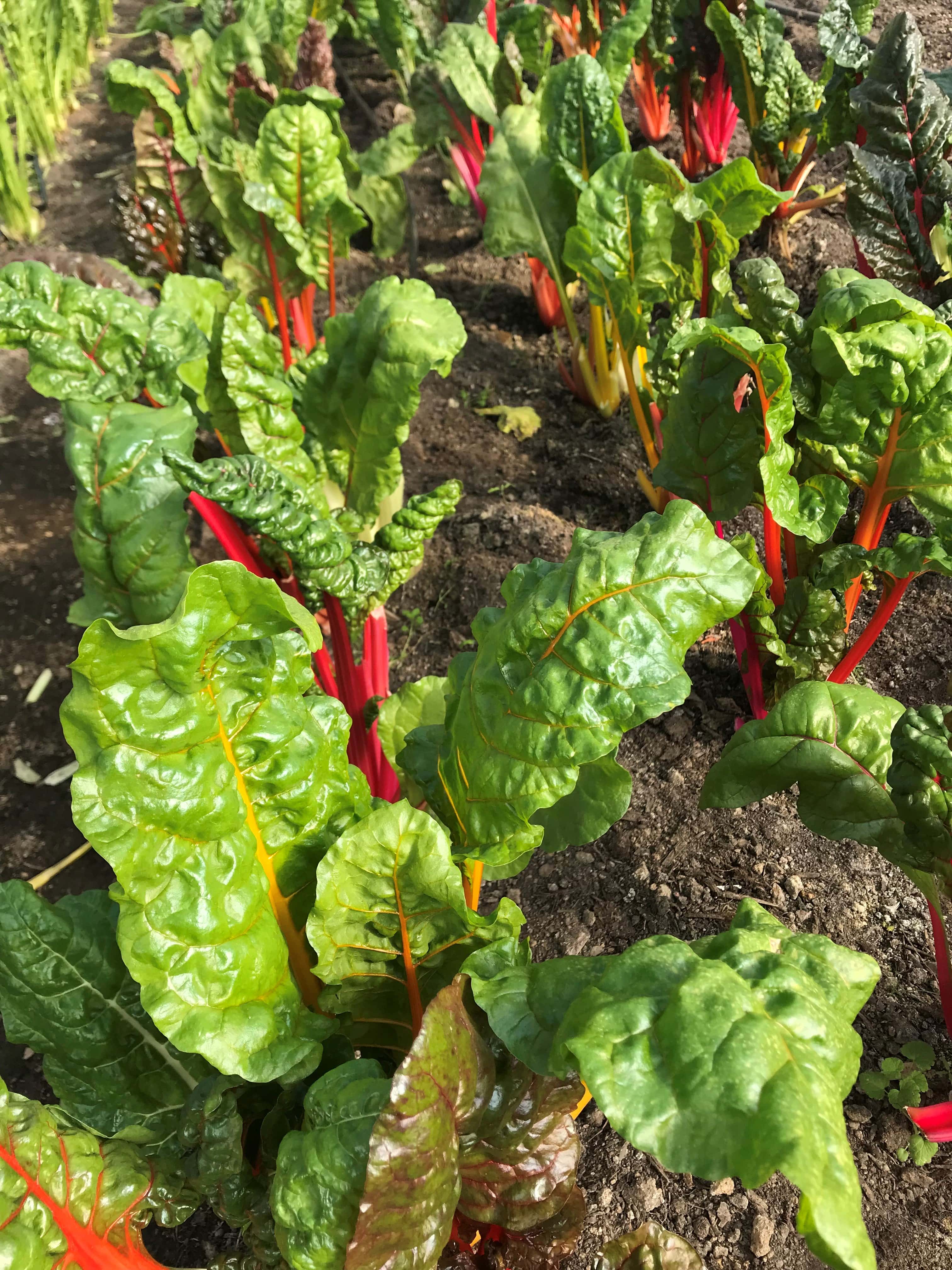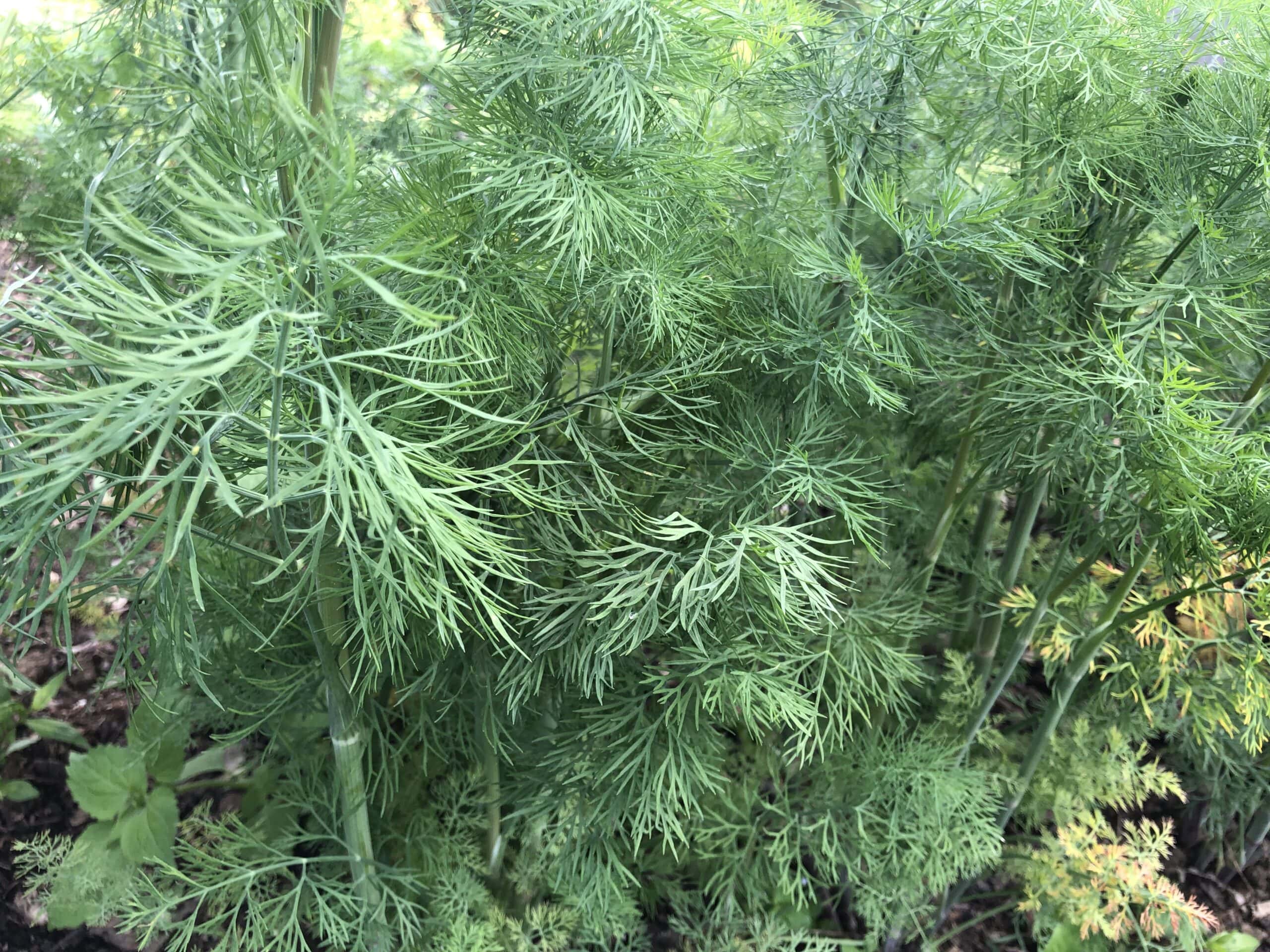This post may contain affiliate links. Probably doesn’t, but it might. It doesn’t cost you anything extra but if you use these links to buy something, we may earn a commission.
Alright, dedicated grower, here are some more tips on growing for winter. Remember, patience is key! As you already know, every growing area has its own micro-climate and ecosystem, so what works in one place may not grow in another. We struggle with our clay soil, and add compost on a regular basis. You may have a different kind of soil with different needs.
1) What grows best in the winter: cold hardy plants! Many of the herbs, leafy greens, root crops, some of the brassicas. Here is a partial list; depending on your particular circumstances, you will add or subtract from the list:
Parsley, cilantro, sorrel, romaine, green or red leaf lettuce, kale, chard, collards, mizuna, mustard greens, sprouting broccoli and cauliflower, spinach, beets, carrots, radishes, daikon, turnips, rutabagas, scallions, brussel sprouts, cabbage.
2) Growing times—even with heat, everything takes a little longer. About 25-40% longer. Without heat, it takes about 3x longer. If you are working without added heat, plan to start seeds in early August to early September, so that plants are at maturity by mid-November. You can then harvest from the plants while they sit there. Depending on the weather, of course, the plants will start growing again in late February and early March.

Winter growing is definitely a more relaxed pace. EXCEPT—late spring, when we get those freak warm days! It shoots up to 85 degrees on April 10, and the cilantro says, seed time, and bolts.
3) Days to maturity. In general, we look for plants that are relatively quick growing—under 55 days. For the plants which take longer, start them in July or August or early September, so that they are close to maturity or at full maturity by early November. For example, Hakurei is a small turnip with 38 days to maturity and Purple Top White Globe turnip is 50 days to maturity. Keep in mind you need to add 20% more days—so 45 days for Hakurei and 60 days for Purple Top– to maturity, as everything just grows more slowly. As long as the ground does not freeze, either one is fine. Brussel sprouts, on the other hand, take 110 days! These you need to start early—June 1, or earlier– so they have time to mature by early November. Many of the brassicas are cold hardy, but have huge leaves, so they take up a lot of space.
4) You have time to harvest. If you cannot get to a crop today—or even this week—it’s ok. The plants hold steady, unlike the summertime where plants can be over-mature in less than 24 hours! So, beets and carrots can sit in the ground until you are ready, and lettuce can wait for a week or so. It’s definitely a more relaxed schedule. One of the great benefits of winter growing!
5) Heat. Heat is a game changer. You go from plants sitting there from November through February to continuously growing (still slower than summer, but let’s be realistic). Night-time temperatures are key. If you can heat to 35, you keep the plants from going through the freeze-thaw cycle. Only a few plants keep growing at 35. If you can heat to 45, then most of your cold-hardy plants will keep growing, just slowly. To get plants growing at close to May or September rates, you need night-time temperatures of 55. The cost of this is probably not worth it for the home gardener, depending on your heat source. It just means planning ahead so that you have crops to harvest.
Has this given you lots of ideas? I hope so! It is so much fun to have plants growing in the middle of winter, when everywhere outside is dormant. There is the added bonus of being able to eat wonderful, fresh vegetables all year. Look at how much space you have to devote to a winter garden, and plot out what works for you. What will give you the most pleasure to harvest?
The first 5 tips are in the previous post, so check it out if you missed it. This is a lot of information to take in, and there is always more to learn.
Visit us at our farm market at 1431 Foulk Road, Wilmington, Delaware, to see what we are growing all winter. Follow us on Facebook @highlandorchards and Instagram @highland_orchards for behind-the-scenes views of what we are doing. Feel free to email with questions or comments to [email protected].
Thank you for being part of the growing community!





